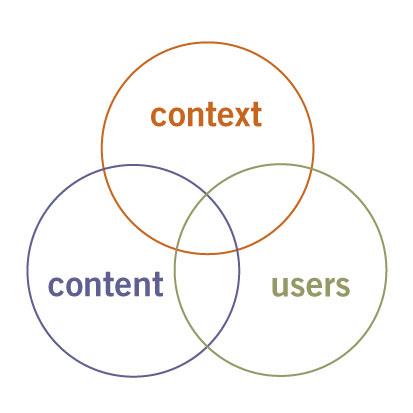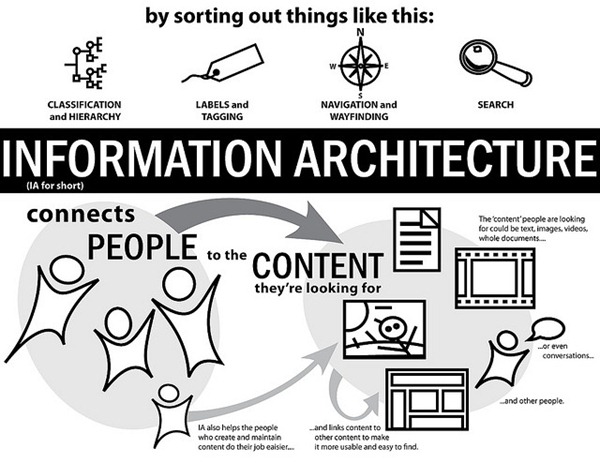Effectively, [information architecture] helps us to make sense of a world where data is being generated at an unprecedented rate. Our ability to make sense of all this data is heavily influenced by how it’s accessed, organized and delivered. The numbers, words and pictures have to manifest as something you can interpret, understand and act upon.
– Osric Powell, Econsultancy
As those who have worked in web development/design know, information architecture is one of the first – and most important – steps in creating a website. Regardless of how great the content is, or how perfect the design is, the site will do poorly without proper information architecture. The purpose of information architecture, or IA, is to effectively connect content, context, and the end user.

As Powell points out, “How many visitors leave your site because they cannot find what they are looking for, or because the information is poorly presented? What is that worth in terms of lost revenue? What is the cost to maintain, develop and innovate your IA and what are the benefits worth to your business?”

